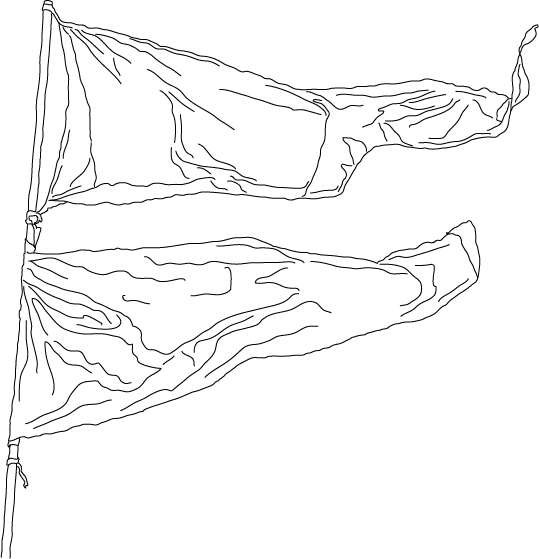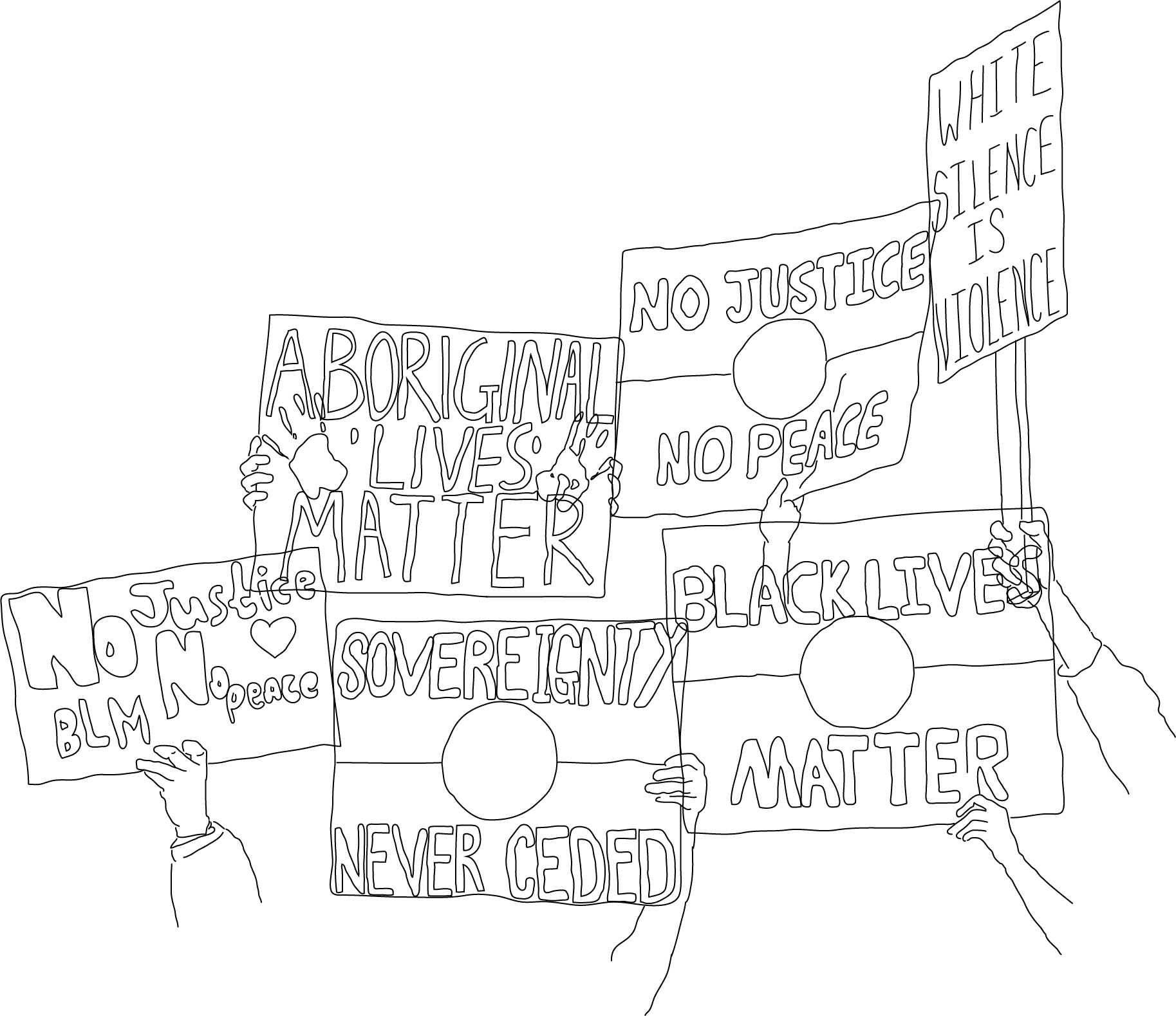
Kaya. We acknowledge the Whadjuk People of Boorloo boodja who are the traditional owners of the land where Semaphore is made. We respect their culture, their custodianship, and their continuing contribution to the life of this city and this region. That includes recognising and respecting sovereignty while working in solidarity towards a treaty and supporting ongoing connection to country. That means linguistic rights, economic opportunity, and artistic endeavour. To their Elders, past, present and emerging, we say thanks.
![]()



Kaya. We acknowledge the Whadjuk People of Boorloo boodja who are the traditional owners of the land where Semaphore is made. We respect their culture, their custodianship, and their continuing contribution to the life of this city and this region. That includes recognising and respecting sovereignty while working in solidarity towards a treaty and supporting ongoing connection to country. That means linguistic rights, economic opportunity, and artistic endeavour. To their Elders, past, present and emerging, we say thanks.

Indigenous Lives Matter:
a West Australian resource list
︎
Semaphore was for a time a newsletter, publication and collaborative project by Kelly Fliedner and Melissa McGrath. There have been many contributors to this project including Emma Buswell, Christina Chau, Alana Hunt, Gemma Weston and Robert Wood who made up our editorial committee from 2019 to 2021.
As writers, curators and creative producers, we focued on the role that writing played in the presentation and consideration of artworks and art practices from Western Australia. Semaphore worked with writers and artists to publish individual and collective opinions, reviews, commentary and creative responses to art; with a particular interest in writing that reflects upon border cultural themes and issues, as well as the formal structures of writing itself — what writing can be, and what it can offer visual art. We wanted to create a space where people could experiment with discursive responses ranging from contemporary and art historical analysis, to fictocriticism, poetry and prose.
Although Semaphore is no longer publishing there is forever the possibiliy of its reignition. It lingers on in idle plans and in a way cannot be let go of.
We are still interested in writing that creates conversation. How do we engage with art critically and creatively, avoid didacticism, grapple with ideas and uncertainty, and speak through dynamic subjectivities? How can we do this through conversation? How do we commune with each other? What is conversation as opposed to discourse, as opposed to speech-acts, as opposed to monologue, as opposed to dialogue, as opposed to narrative, as opposed to poetry?
Contact us here.
© Semaphore 2023. All content appearing on this website is the property of Semaphore and each acknowledged author. Please do not reproduce anything without permission.